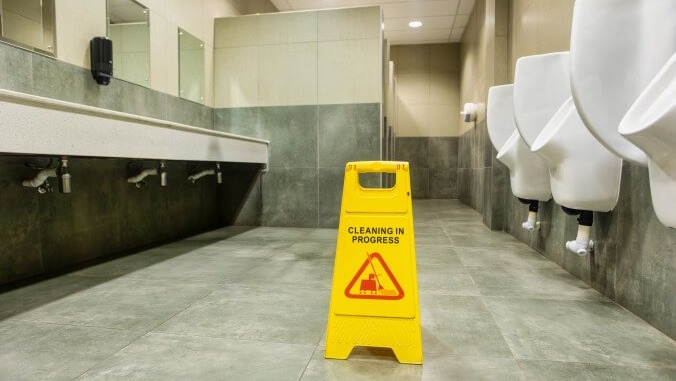It’s 2025 and Lawmakers Are Still Fighting for Potty Parity
Speaking to representatives in states like Kentucky, New Mexico, and Tennessee, the Associated Press revealed that female politicians sometimes miss votes and debates due to a lack of facilities.
Photo: iStockphoto Politics
Of all the logical fallacies out there, there’s one toughy that really gets my goat. “Why do girls take so long in the bathroom?” I mean, I admit that biologically, menstruation is a damper on an otherwise in-and-out experience, and moms are more likely (than dads) to shoulder the responsibility of attending to their kids. But the more obvious answer to this ignorant adage is one often overlooked: it’s because the system was built like that.
A big part of the problem is the lack of foresight–and consequently, the lack of women’s toilets. Historically, many offices were built without the expectation that women one day would work as architects, engineers, or code officials. Today, we’re still dealing with the fact that the men who built old statehouses could not fathom that women would one day make laws.
Across a number of legislatures, women are still fighting for potty parity–and a new report from the Associated Press reveals just how ingrained the issue is. Speaking to representatives from states such as Kentucky, New Mexico, and Tennessee, the publication revealed that a number of female politicians sometimes miss out on votes and debates due to a lack of facilities.
-

-

-

-

-

-

-

-

-

-

-

-

-

-

-

-

-

-

-

-

-

-

-

-

-

-

-

-

-

-

-

-

-

-

-

-

-

-

-

-








































